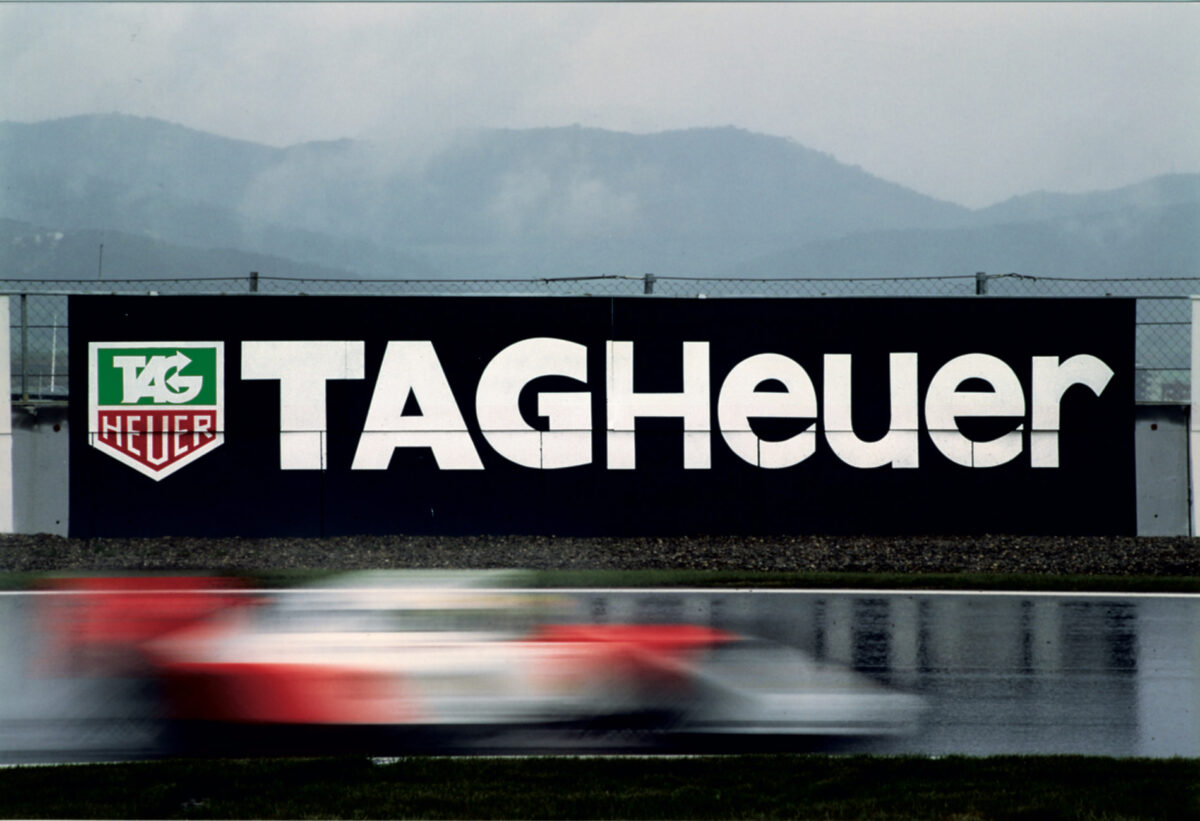Rumors had been rumbling throughout the summer of 2024. Could Rolex really be relinquishing its grip on Formula 1?
If so, could TAG Heuer, backed by its parent company LVMH, swoop in and wrestle away what is arguably the most valuable partnership in sport.
In October, the rumor proved right.
Rolex was out, LVMH was confirmed as the new Global Partner of Formula 1 and TAG Heuer its Official Timekeeper; taking over from the start of the 2025 season that kicks off in March.
Until then, we will certainly continue to see TAG Heuer branding splashed across Red Bull Racing’s Formula 1 team and await to see how the track and TV experience is used to ensure the LVMH brand, with peerless motor racing pedigree — seizes on its opportunity.
“It feels like destiny for Formula 1 to be with TAG Heuer again. This is all about the extraordinary connection between the brand and motor racing, which we have seen for over a century since Heuer originally became involved in timing races,” says Antoine Pin, the former managing director of Bulgari watches who took over the top job at TAG Heuer in September last year.
Mr Pin now reports to Frédéric Arnault, who himself was CEO of TAG Heuer from 2020 to the start of 2024 when he was appointed chief executive of a newly created LVMH Watches operation in charge of Hublot, TAG Heuer and Zenith.
One of Mr Arnault’s most significant decisions during his tenure at TAG Heuer was signing a formal partnership with Porsche in 2021. He then turned his attention to Formula 1 to see if a deal could be struck when Rolex’s deal was due for renewal.
Mr Arnault recognised the power of Formula 1 to restore and renew TAG Heuer’s historic links to motor racing that date back to 1911 when Heuer, under the leadership of Charles-Auguste Heuer designed Time of Trip, the first dashboard-mounted chronograph in 1911.
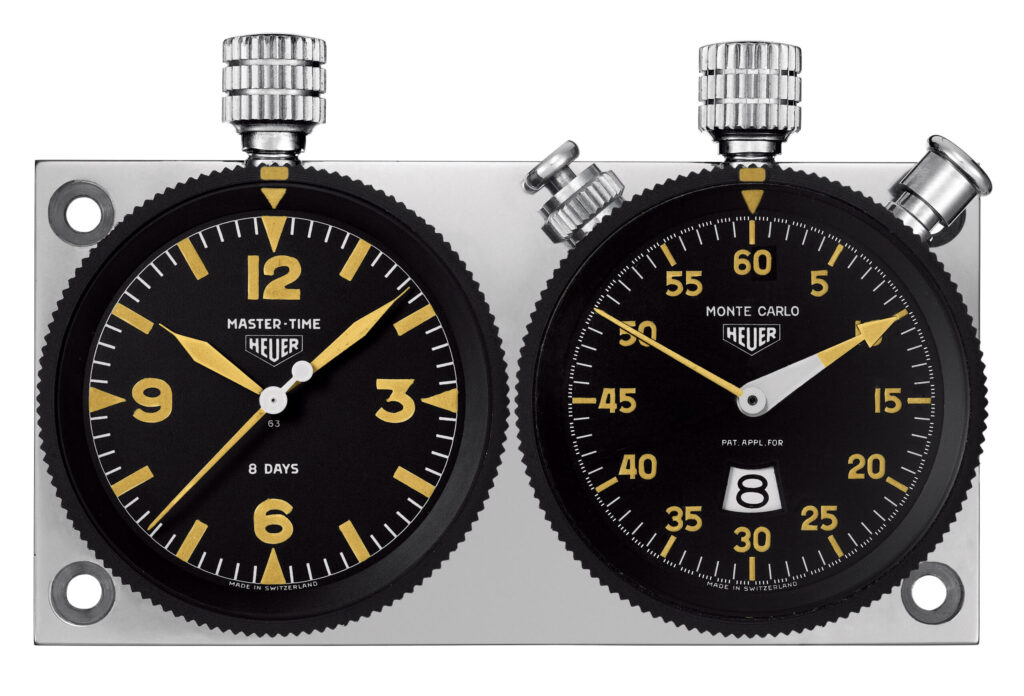
Jack Heuer, a keen competitive driver himself, built on several decades of precise timekeeping for the sport and, in 1969, became the first watchmaker to have its logo on a Formula 1 car.
Three years later Heuer built on the idea to sign as an official partner of Scuderia Ferrari’s F1 team — another world first.
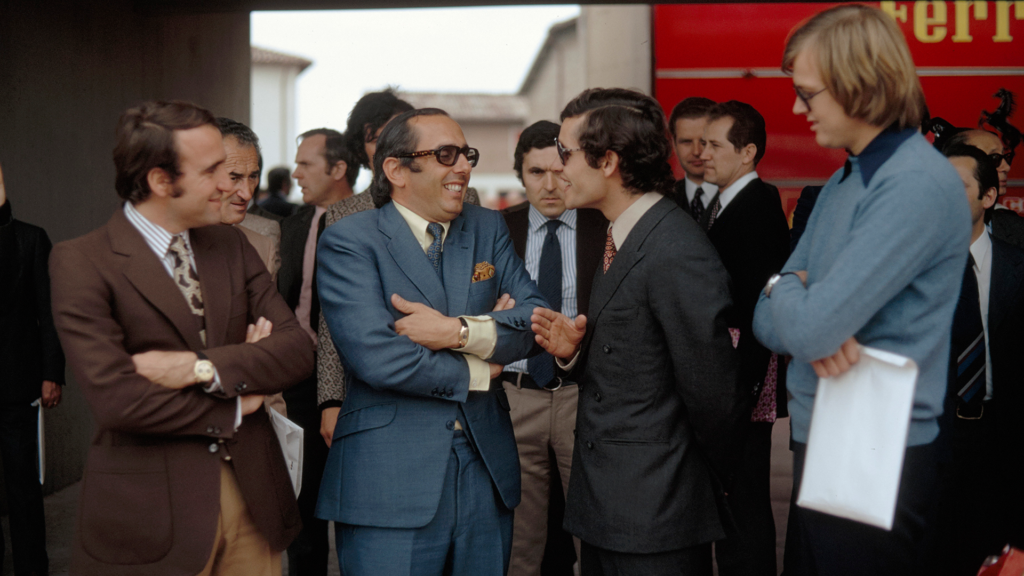
By 1992, Heuer had become the official timekeeper of the Formula 1 World Championship, a partnership that endured through to 2003.
Even in the early 2000s, the professionalism and reach of Formula 1 was still a shadow of the global phenomenon it has become in the past few years, particularly with casual fans who soak up the glamour and the gossip through reality television shows like Drive to Survive on Netflix.
It is not just petrolheads who follow the sport now, every grand prix is an international theatrical event with celebrities clogging up pit lanes, press from every corner of the world and sponsors treating their guests to lavish hospitality.
To fans at the tracks, on television and across digital media, TAG Heuer will dominate just as Rolex has for the past decade.
On screen timing, crash barriers, run-off areas, hospitality villages; anything with a surface where a logo can appear will be used.
Watchmakers sponsoring individual teams, as TAG Heuer knows from its long-standing partnership with Red Bull Racing, will be subordinate to the headline sponsor.
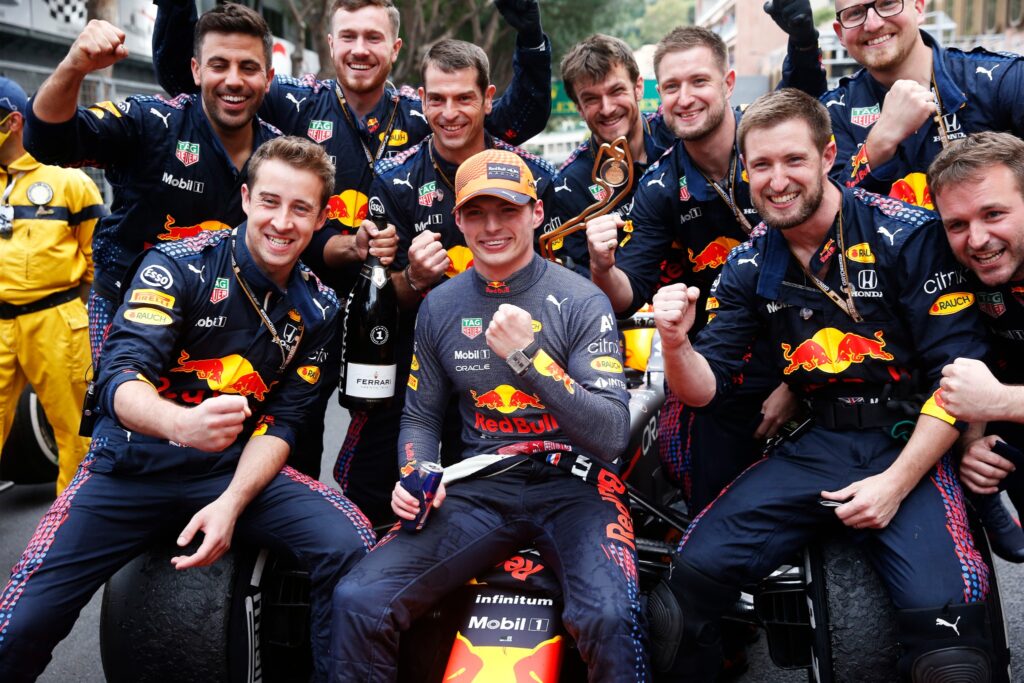
Early in his tenure as CEO, Mr Arnault took the decision to narrow the range of partnerships pursued by TAG Heuer so that motor racing would once again be central the brand.
“A lot of our investment was going into other sports and entertainment partnerships. We decided we would concentrate our investment into motor sports, and particularly Formula 1 where we have sponsorship of the World Championship-winning Red Bull Racing,” he described to WatchPro in March last year.
Industry sources say Rolex was far from relaxed about being outbid for the Formula 1 rights, but the price — rumoured to be in the region of $150 million per year — was three times higher than the previous Global Partnership arrangement.
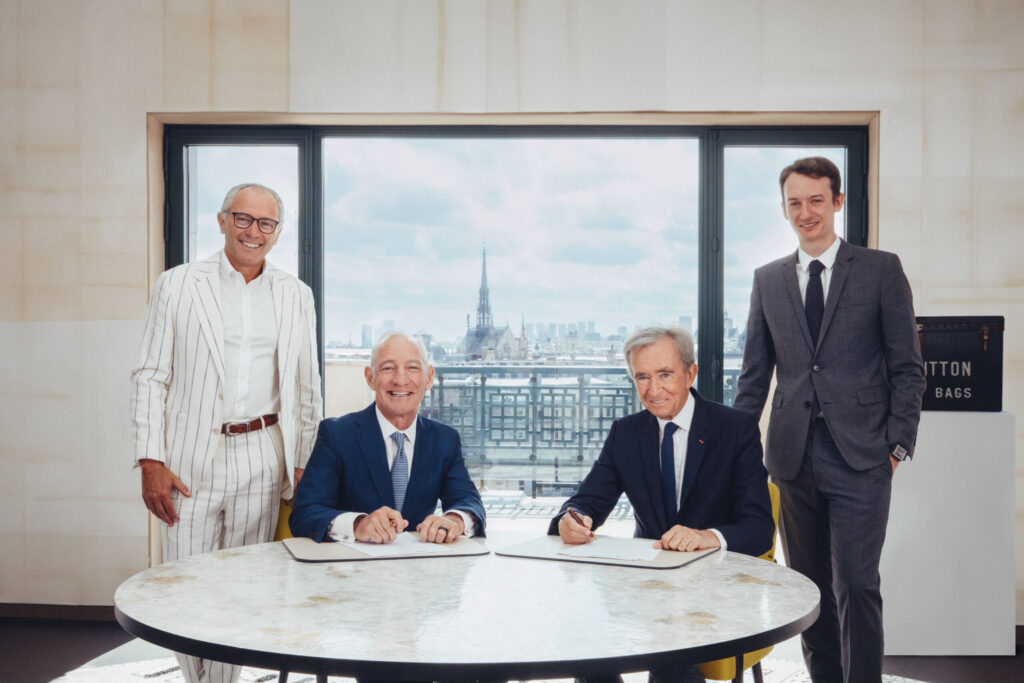
“In recent years, Formula 1 has truly become one of the most desirable sports in the world. It’s a vibrant discipline that echoes a number of values that are very important to us, such as innovation, team spirit and performance. For many years, several of our maisons [particularly Hublot] have also chosen to invest in Formula 1, whether to create unique experiences or for moments of celebration. With our Maisons and the expertise of our Group, we want to further grow this experiential dimension that Formula 1 provides all over the world. We are only at the very beginning of this partnership, but the seasons that await us promise to be extraordinary,” Mr Arnault said at the signing ceremony for the new TAG Heuer agreement.
Lead times for producing new watches can stretch out for several years, so TAG Heuer’s 2025 watches, introduced at LVMH Watch Week in January, have not been given a dramatic Formula 1 makeover.
However, TAG Heuer is blessed with its very own Formula 1 watch family, and even owns the exclusive copyright to use the name on its dials, which made it the obvious collection to focus on for the first launches of this pivotal year.
TAG Heuer Formula 1 watches first appeared back in 1986 as relatively inexpensive quartz models that are now highly collectible because of the broad range of colours offered in the collection’s early years.
Mechanical versions have been added to the mix over the years, and 2025 sees an entirely automatic line-up of chronographs in titanium cases finished with black DLC, priced at £4,100, or sandblasted to give them a matte grey look for £4,300.
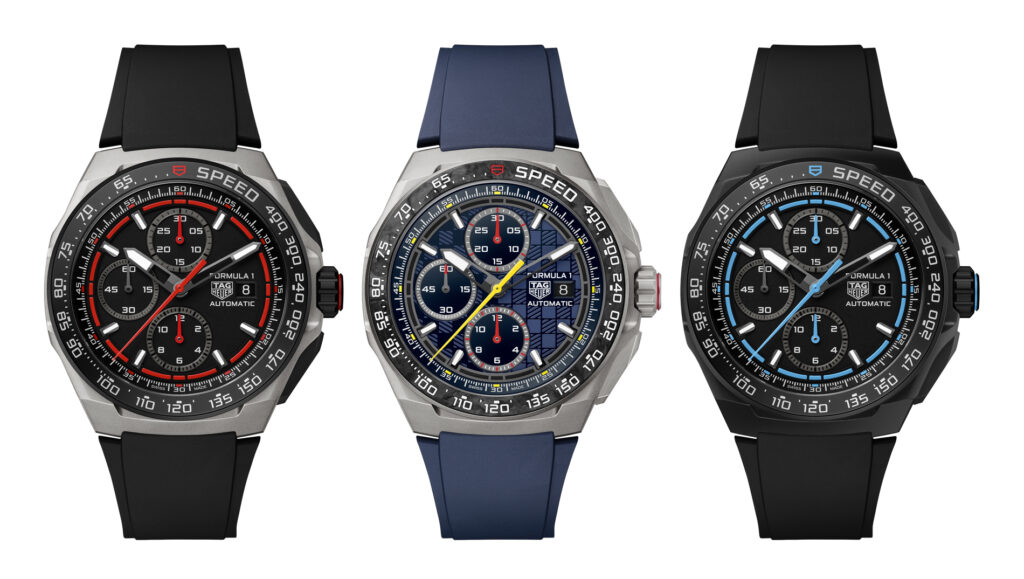
They are all sold on rubber straps in complementary colours and run on TAG Heuer Calibre 16 self-winding movements, which are concealed behind closed case backs.
A special Oracle Red Bull Racing edition comes with a chequered flag design on its dial and details in the colours of the team. The 44mm watch costs £4,750.
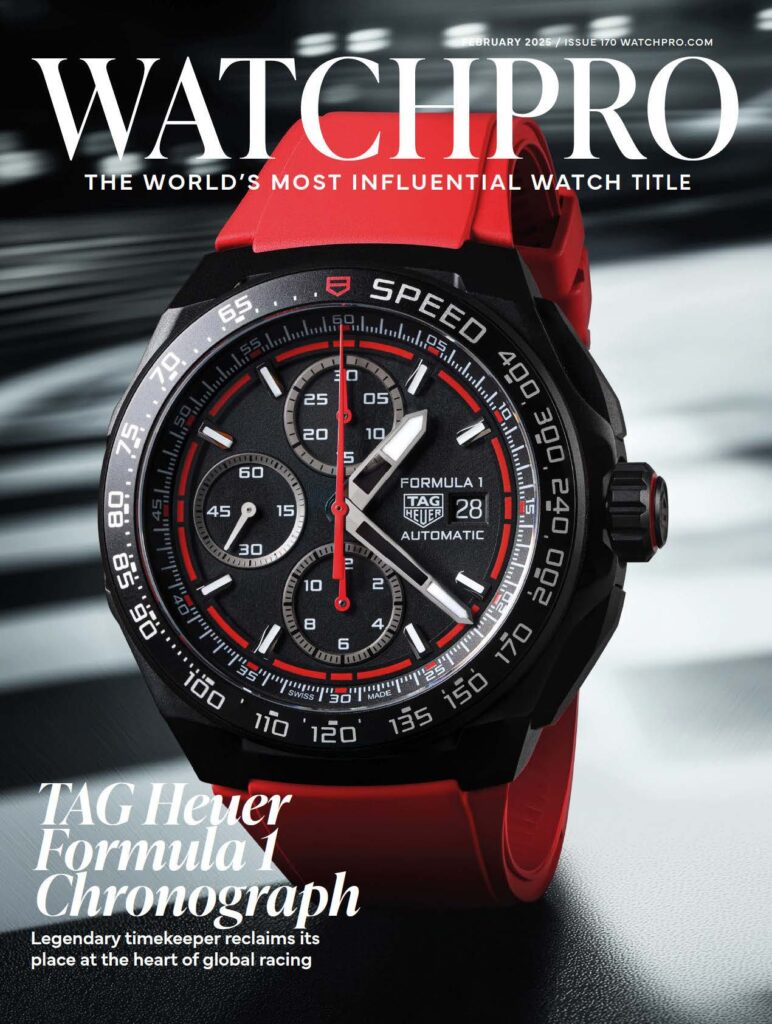
Although mechanical automatics feel right for today’s market, the price is punchy for a typical race enthusiast, so TAG Heuer says it will continue to sell and launch new quartz models.
“We will keep making quartz watches, but we will keep innovating,” Mr Pin confirms. Current quartz watches in the range sell for under £2,000.
Every watch revealed so far in 2025 has racing heritage, including feminine Carrera Chronographs with dates, which are decorated with diamonds under their Glassbox domed sapphire crystals; new panda dial chronographs in deep smoky purple added to the Carrera range — one with a tourbillon at 6 o’clock — and a suite of new automatics in the Formula 1 range, a name for which it handily has a trademark for watches.
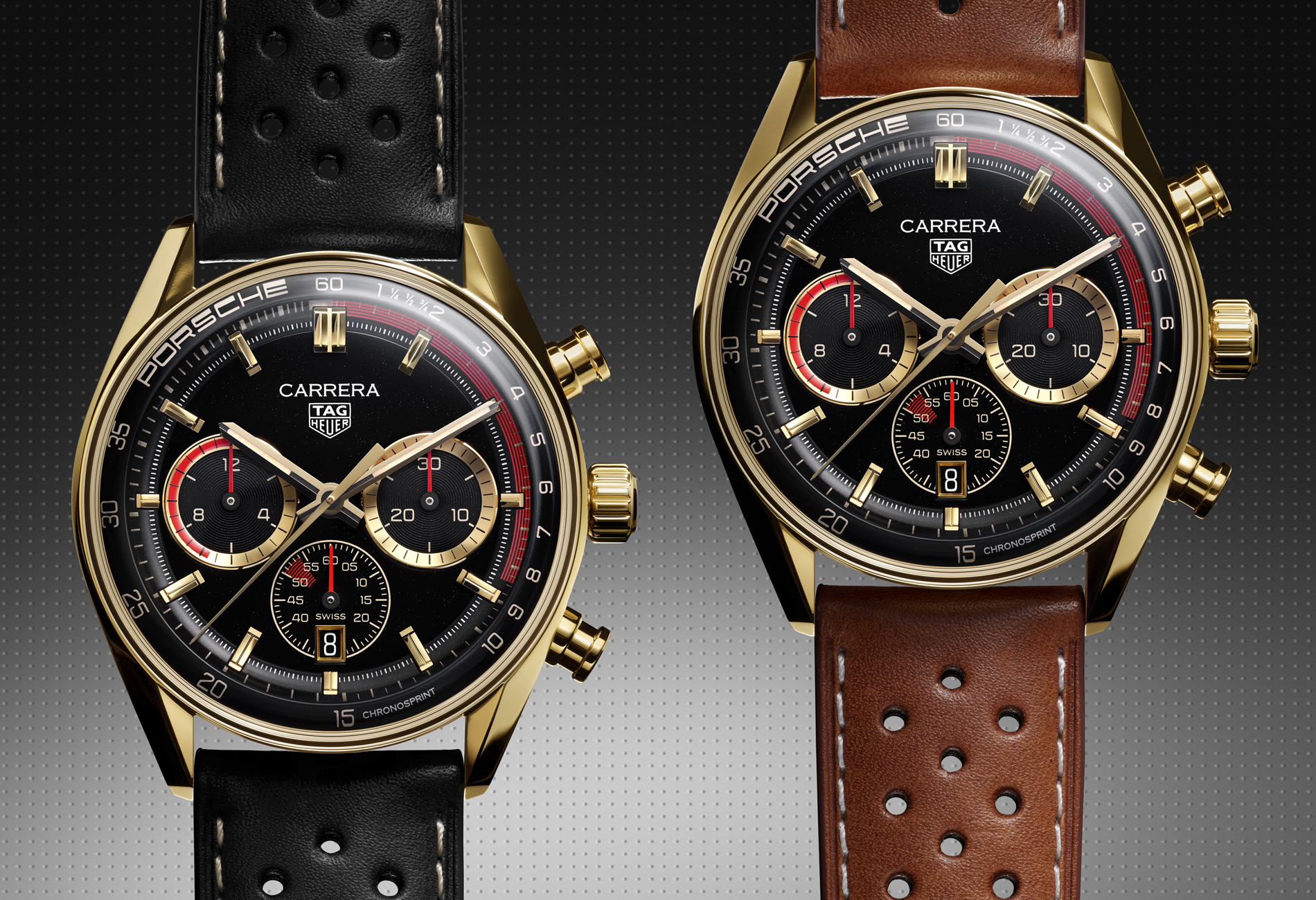
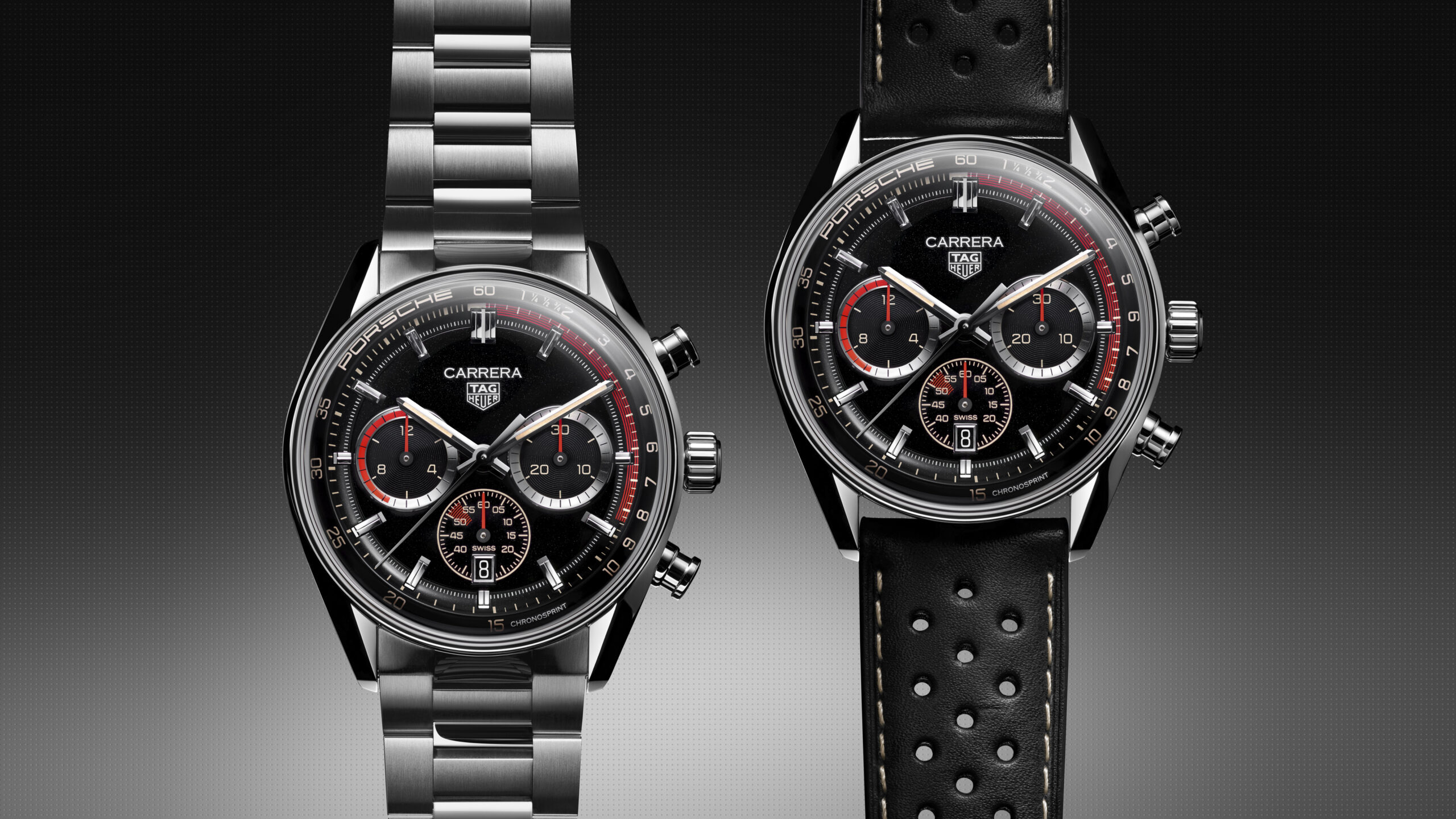
When it comes to collaborations, there are two new Carrera watches created as part of TAG Heuer’s ongoing partnership with Porsche and a version of the TAG Heuer Formula 1 Chronograph in the colours of Oracle Red Bull Racing, the team for which it has been official timekeeper for eight years.
Motor racing runs through the gears and pinions of every watch as TAG Heuer positions itself at the front of the grid when it comes to alignment with Formula 1.
Mr Pin recognizes it is a huge step up from collaborating a single Formula 1 team like Oracle Red Bull Racing, even if it is dominating the sport right now, to taking Rolex’s crown as the headline global partner.
“We are done chasing after competitors,” Mr Pin says. “We want to be out front now. That is why it is important for us to be the sole timekeeper, the sole sponsor of the current world champion, the sole timekeeper and sponsor of the Indianapolis 500 as well for over 20 years and being a partner with Porsche. We are number one, not chasing anybody,” he insists.
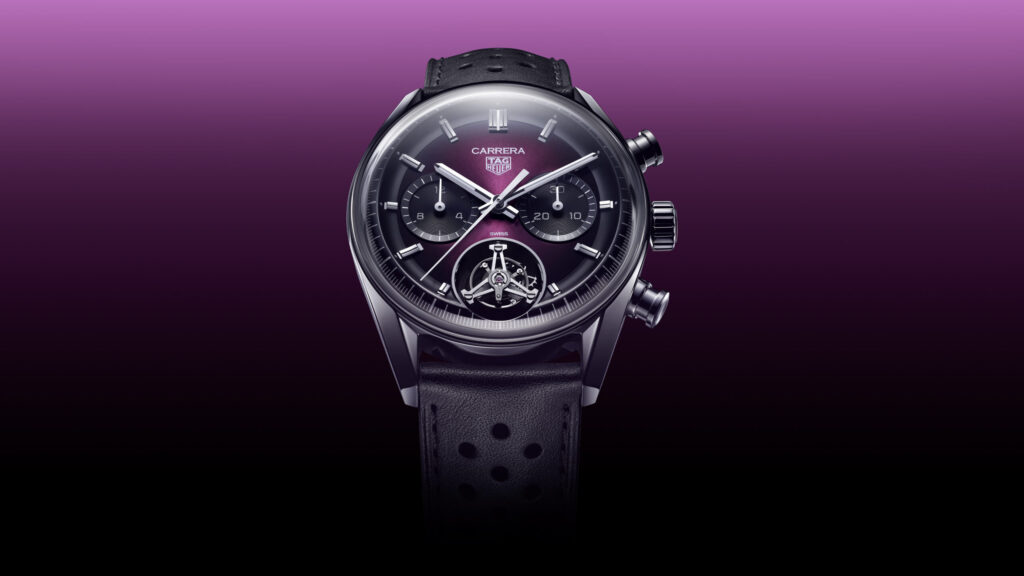
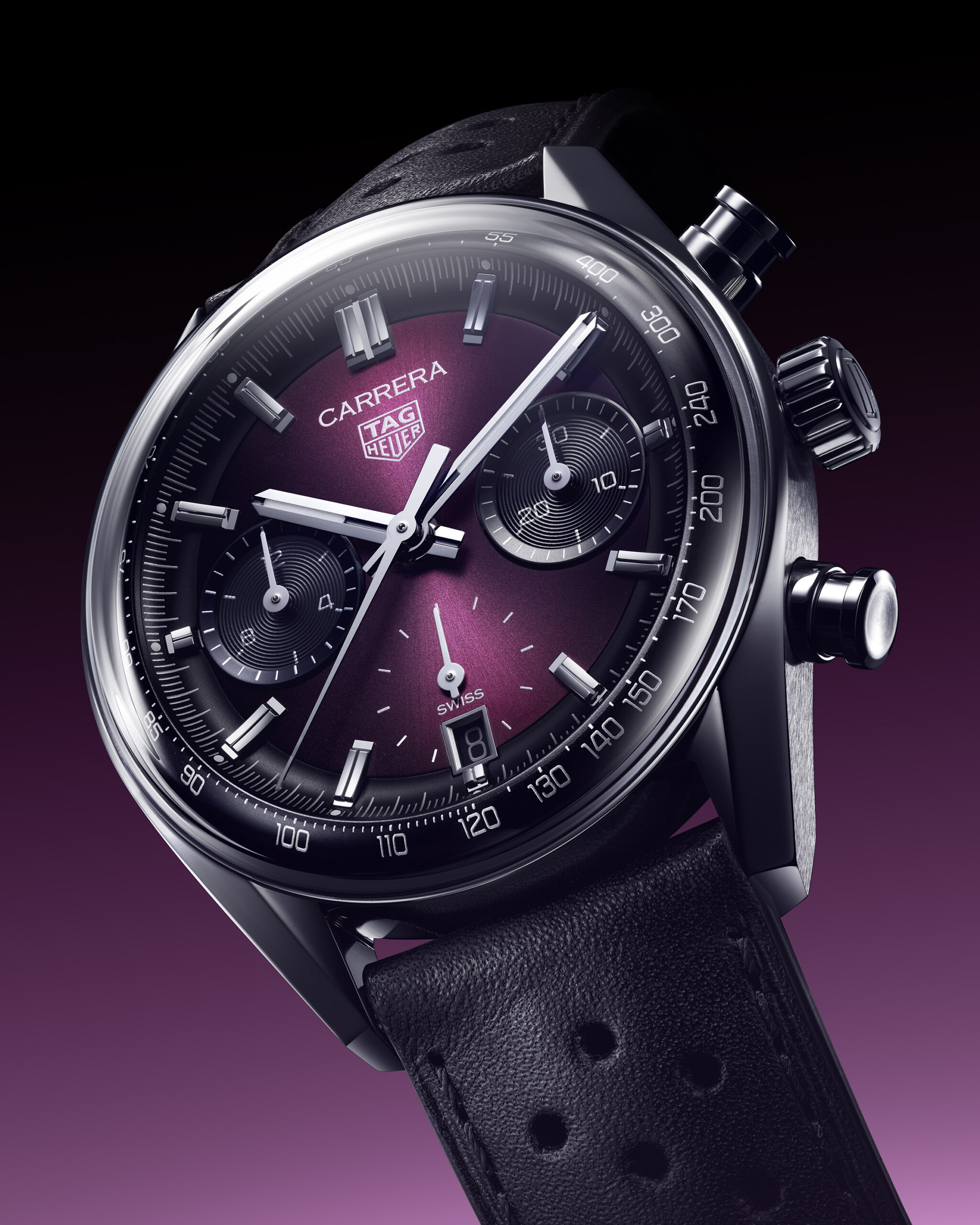
These partnerships will increasingly bleed into TAG Heuer roadmap for future watch launches, Mr Pin suggests. “It positions TAG Heuer as a leader in product development. We have exceptional people in the TAG Heuer Lab where we are developing incredible products, working on innovative materials and developing new movements. We want to do even more of this in the future,” Mr Pin reveals.
“The new collections presented at LVMH Watch Week are demonstrating this leadership. New TAG Heuer Formula 1 Chonographs are a clear tribute to the essence of motor racing through the use of materials like titanium and rubber. It is also an extraordinary expression of the massive improvements made by the maison in terms of design, product construction, sophistication and detail. That said, the Formula 1 deal should not be seen as a starting point for our work with motor racing, but a natural evolution and elevation of a 100-year-old association,” he adds.
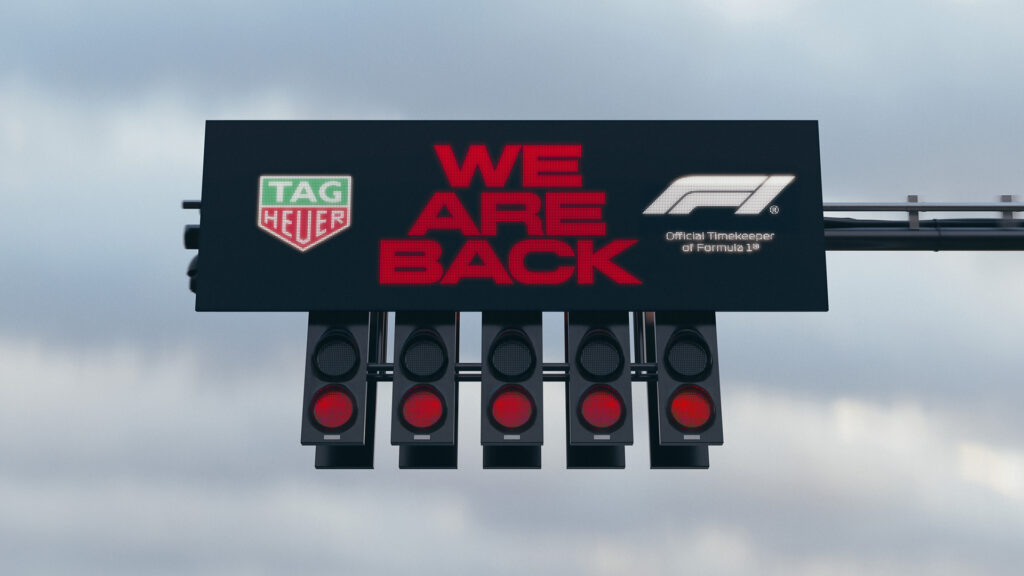
Mr Arnault signalled last year that TAG Heuer was going to narrow its focus onto motor racing, and particularly Formula 1, but the brand will continue with other long-standing associations with brand ambassadors and leaders in other fields.
“We like to work with people who are the best in their class, whether they are Hollywood starts or athletes. They are not just famous faces, they are the best at what they do. They are extraordinary people who go beyond their natural limits and talents. Anybody can be extraordinary. It might be a fun runner who completes a marathon, no matter how much it hurts. They do not listen to their body when it is telling them to stop. It is why we are in Formula 1, one of the most dangerous sports on the planet, because we are embracing people who face their fears and never give an inch. These are the qualities Jack Heuer saw in racers. It is what TAG Heuer’s, Don’t Crack Under Pressure message, was saying,” Mr Pin explains.
The Formula 1 deal is clearly re-energising TAG Heuer after a transition period that has seen Stéphane Bianchi, Frédéric Arnault, Julien Tornare and now Antoine Pin in the chief executive office. 2024 was also a challenging year for the entire Swiss watchmaking industry as inflation, high interest rates and general economic malaise, particularly in China and Western Europe, hit sales.
Like most historic watch brands, TAG Heuer takes a longer-term view of what is happening the market and tries to see through short-term ups and downs.
“It would be wrong to look at just the past two to three years. That is too short a period. There was a level of excitement about watches in 2022/23, which was driven by people with more disposable income following the restrictions during the pandemic. That extra money is gone now so we have returned to a similar state of the market to 2019. People lost it for a while,” Mr Pin says.
He rejects a suggestion that brands have made their watches too expensive during the boom, blaming unavoidable inflationary pressures for current prices. “In other industries, we have seen manufacturers raising prices by 15-20% overnight during the recent inflation. Salaries in Switzerland for certain specialist watchmaking roles have doubled in one year. This is partly due to inflation, but it is also due to scarcity of knowledge and skills. It all adds to our costs,” he explains. “We are not playing games with customers on prices. You can see the financial results of groups like Richemont and you are not going to see excessive margins,” he adds.
The worst may be over. Watches of Switzerland, a bellwether for the UK and USA luxury watch markets, has managed to compensate weaker sales in the UK with outperformance in America in its most recent quarter. China and Hong Kong are showing signs of coming back to life, and there are always emerging markets like India to pin hopes on.
There is also excitement in the air from new brands challenging the old guard, which Mr Pin saw first hand during his time as president of Geneva Watch Days, which has become a major show for independent watchmakers every summer.
“I have been very involved with these independents, and I believe there is some extraordinary talent there,” he recalls. “They contribute to the industry, they push bigger brands like us to keep improving. I find that extremely exciting because it brings an energy to our industry.”
TAG Heuer appreciates that constant improvement is the name of the game in Formula 1, but the ultimate goal is speed. As 1978 Formula 1 World Champion Mario Andretti once said: “If everything seems under control, you’re just not going fast enough.”

